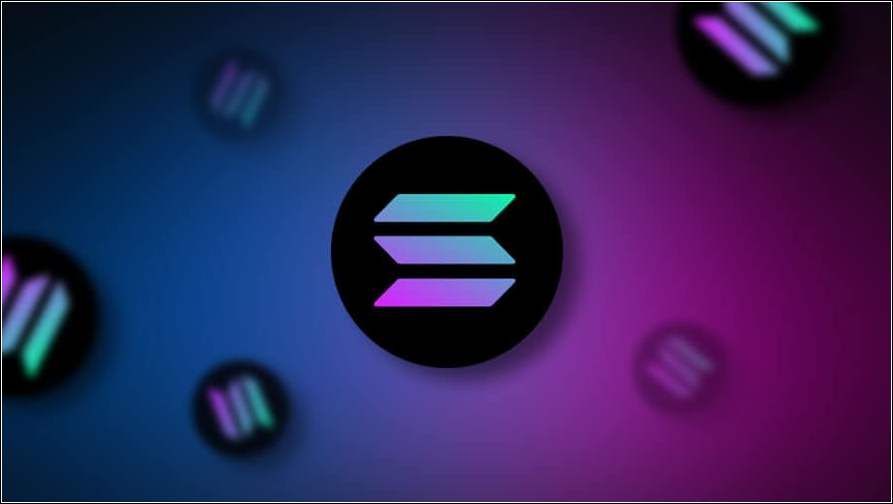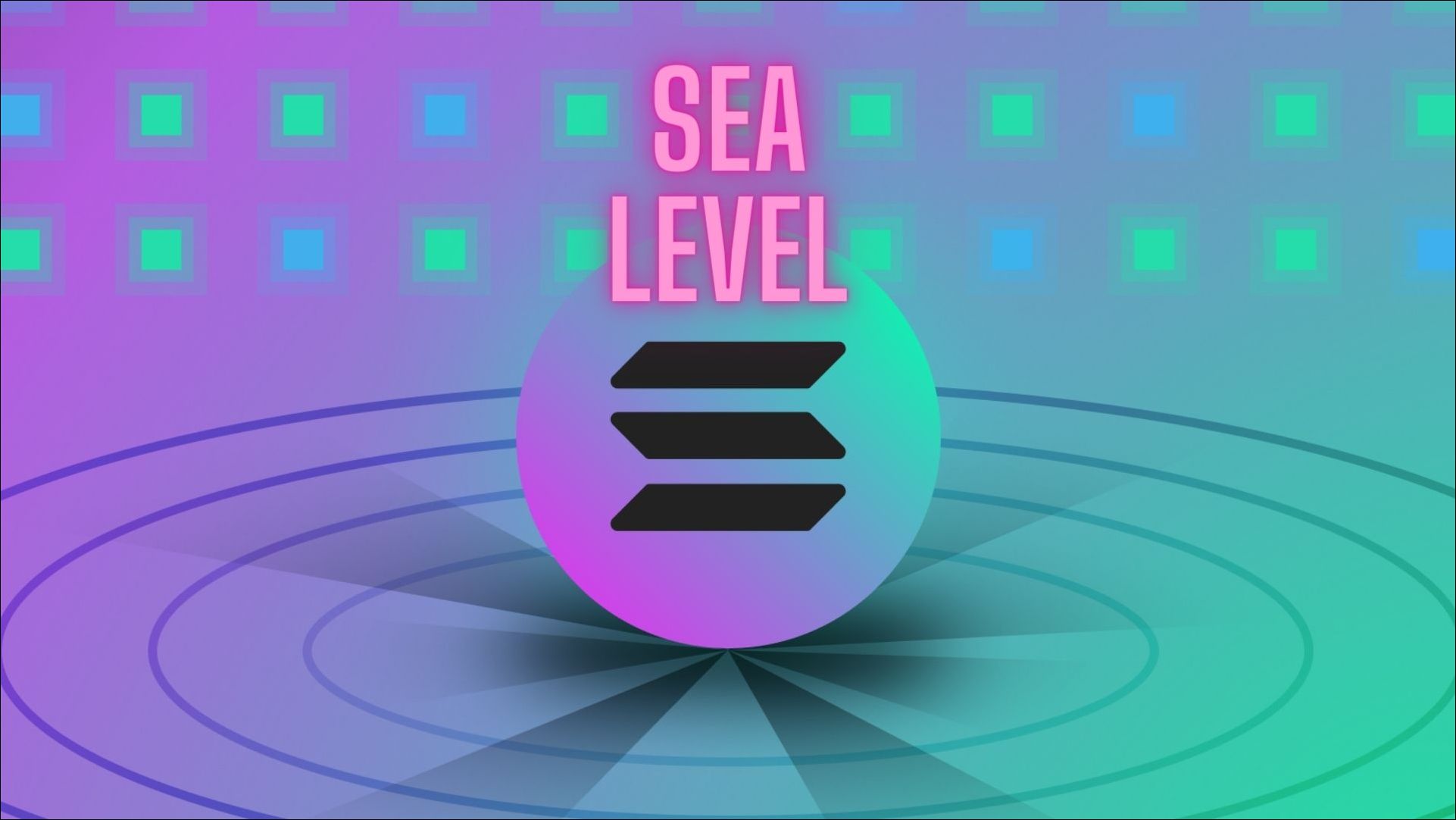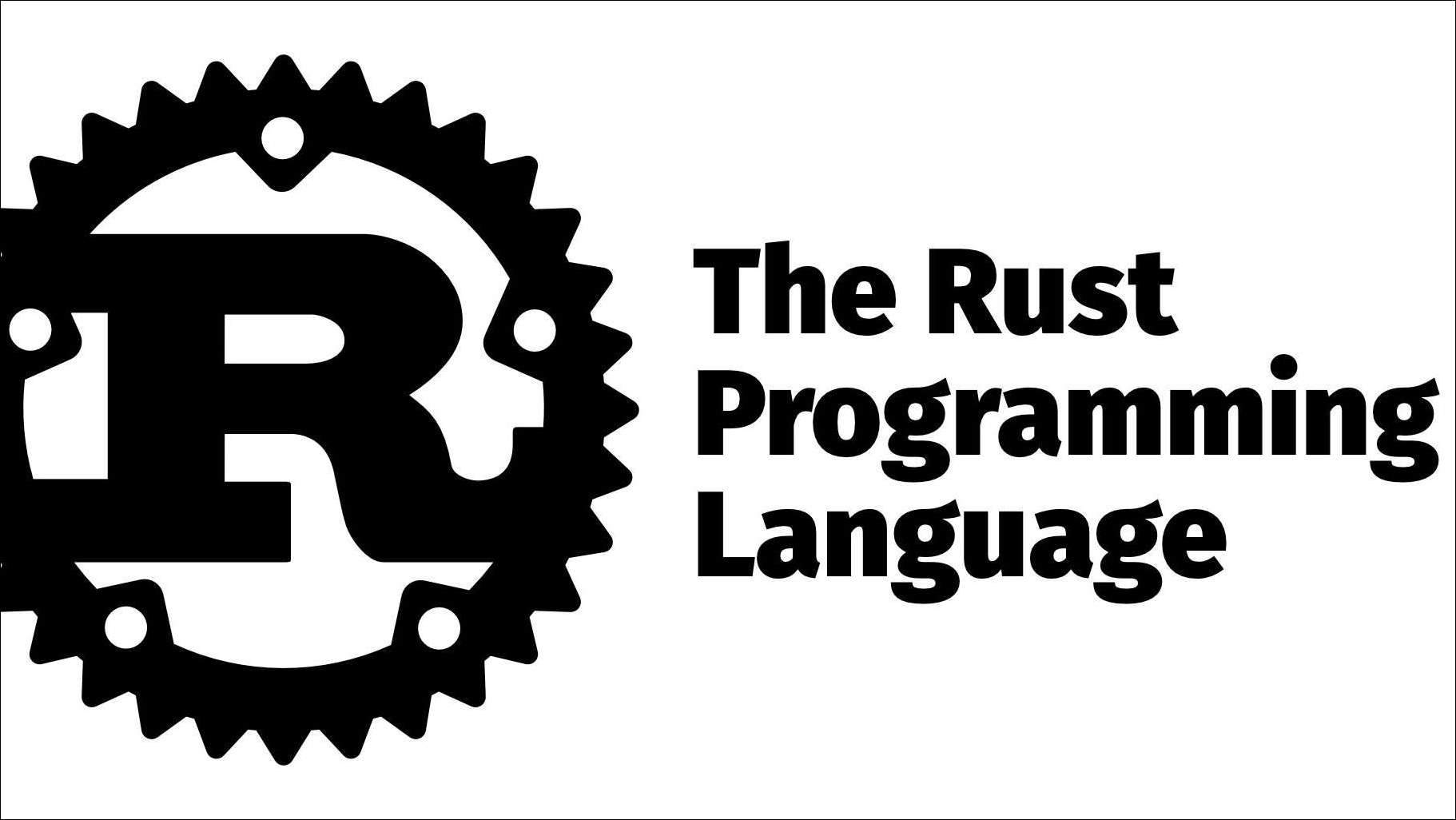Also, read | Litecoin Explained: How It Works, Its Features, and Comparison with Bitcoin
Explaining Solana
Solana is a decentralized blockchain network. Anatoly Yakavenko created and founded the Solana blockchain in 2017. Solana can currently add a block in 400 milliseconds to its blockchain. Compare this to Bitcoin, which requires 10 minutes to add a block. And it can process 65,000 transactions in a second. Three times more than VISA, which can process. SOL is the token of Solana. It is used to trade on crypto exchanges and pay miners. The transaction fee is 0.0015$, which is almost negligible. The SOL token has a current supply cap of 500 million which may increase in the future. The approach towards Solana is creating a fast and future-proof blockchain network. This is necessary so that Decentralized apps (DAPPS) can work on this network without any delay or latency. Here are some of the most popular Dapps based on Solana
Secretum is a decentralized messaging app like Whatsapp.Serum is a decentralized crypto exchange.Audius is a decentralized music streaming platform similar to Spotify.Solanart is an NFT marketplace that trades NFT based on Solana.
Solana network allows miners or validators to process multiple transactions at once instead of one. This is why, even though it is a newer blockchain. It has processed 15 Billion transactions. All these factors help make Solana’s blockchain network fast, vast, and cheaper. Related | Top 3 Ways to Buy and Sell NFT in India
Features of Solana
Let us look at some of the interesting features of the Solana network. How it can perform so fast, and what sets it apart from other cryptocurrencies.
Proof of History (PoH)
When it comes to verifying blocks and records of data in a decentralized network, all computers must agree on a specific time. These computers are called nodes. These nodes must communicate continuously to agree on when the block was created. And not all nodes will have a fast internet connection, so the speed at which they send Blocks will vary. To speed up this process. Anatoly decided to add timestamps which will have the exact time of when the block was created along with a cryptographic (secret) proof to these blocks of records. This allowed computers to keep sending in blocks no matter their internet speed. The timestamp added to blocks will let others know when it was created, and then it can be organized accordingly on the blockchain. This sped up the process significantly and allowed for numerous transactions within a second and faster addition of blocks to the blockchain. This process is called Proof of History. It is a bit more complicated than that, so if you want to learn more, we recommend you look it up. Also read | Metaverse Explained: Its Uses and Role of Crypto in Metaverse
Sealevel
Sealevel is a term to describe that the validators of Solana do not have to validate one transaction at a time. Instead, they can validate multiple smart contract codes simultaneously. Validators can execute contracts in a parallel way. This way 25 validators on Solana can verify 25 blocks at once. This is why Solana can carry out 3 times more transactions than VISA which is 23,666 transactions in a second. The number of transactions achieved so far is 65,000 in a second. It is also claimed that Solana can potentially process over 7 lakh transactions in a second.
Scalability and Future proof
This also leads to the topic of the Scalability of Solana. Solana says that it is not limited by ideas or software but the hardware. So in the future, if the computational power doubles in future, Solana will also be able to double its efficiency. It will evolve and create more computational potential as the technology progresses. This is one of the reasons many Dapps previously on Ethereum are now switching to Solana.
Rust Programming Language
Solana uses the Rust programming language. This is different from the Solidity code language that is used by Ethereum. Rust is a low-level language which means it takes more effort to create things on Rust but it is overall much more powerful than other languages. One downfall of Rust is that you cannot just copy and paste your code on Rust from other blockchains. You will have to recreate and rewrite the code on Rust. Developers planning to shift to the Solana network will consider it a hassle. But these smart contracts will be more powerful than Ethereum.
Ethereum vs. Solana
Solana is said to be the long-term rival of Ethereum. This is because of the improvements Solana has made over Ethereum. Solana is fairly new in the crypto space but has garnered a lot of attention in such a short span. Let us take a look at what differentiates Solana from Ethereum.
Faster and Efficient
As we discussed that Solana can carry out more transactions and add Blocks faster in comparison to Ethereum. Solana can add a block every 400 milliseconds and carry out 65,00 transactions in a minute. Ethereum can add a block every 10 seconds and carry out 15 transactions per second. This goes to show how fast Solana is compared to the Ethereum network. Moreover, Solana has processed 15 billion transactions since its inception. On the other hand, Ethereum has processed over 1 billion transactions even though it has been around longer than Solana. You can get an idea of how efficient Solana is over Ethereum.
Cheaper transaction fee
It is widely known that the transaction fee on Ethereum is a major issue. This is the fee charged to validate and process your transaction. It is also called the Gas fee. At times, the gas fee itself can be more than the transaction. The average Transaction fee on Ethereum is upwards of 50 Dollars. The average Transaction fee on Solana is upwards of 0.0015 Dollars. On Solana, not only is the transaction process much faster due to parallel validation, but the transaction fee is significantly low. It is a fraction of a penny. This is why many new investors are attracted to Solana and its growing DeFi ecosystem. Related article | Top 4 Ways to Save Gas Fees While Buying NFT
Lower bar of Entry
To become a validator on Ethereum. You need to stake or lock in 32 Ether, the Ethereum network’s tokens. This is equal to over 9 crore rupees or 120 thousand Dollars. So it is not something anyone can get into at this stage. On Solana, to become a validator, someone has to stake only a nominal amount of SOL token and a fee. This lowers the bar of entry and invites more validators on the network. Solana uses the Proof Of History scheme which adds a timestamp to blocks and saves a lot of time in the validation process.
Drawback of Solana
Although Solana has a lot of advanced features and improvements. It has had a complete network outage in 2020 and 2021. This is a major issue as a decentralized network should never go down. Although it has not affected the price of Solana in the exchange. It can have an effect on potential investors.
Wrapping Up
Solana seems to have a great future ahead. It is adding more well-known Dapps to its network and gaining more traction by the day. We hope we were able to help you explain and understand all about Solana, how it works, and its variety of features.




